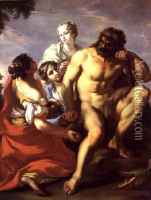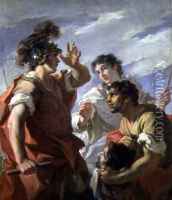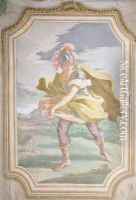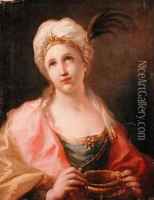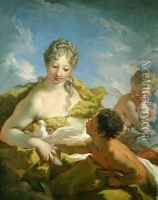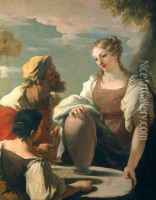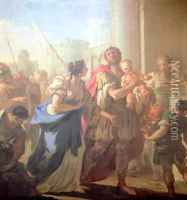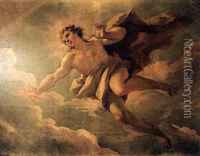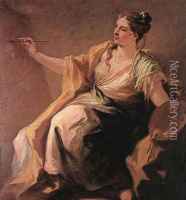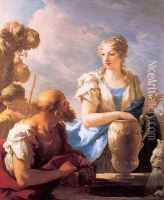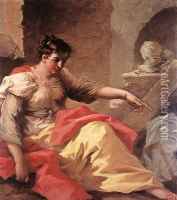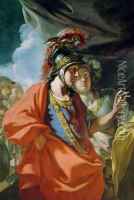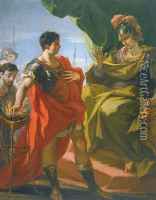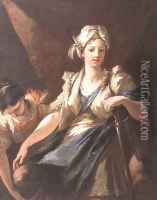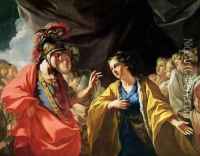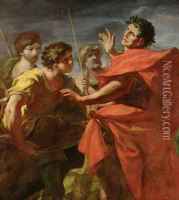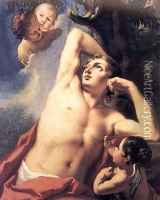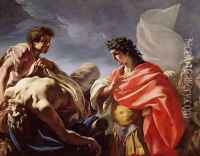Giovanni Antonio Pellegrini Paintings
Giovanni Antonio Pellegrini was an Italian painter of the Venetian school, recognized for his grandiose history paintings and decorative frescoes. Born on April 29, 1675, in Venice, Italy, Pellegrini came from a family that supported his artistic ambitions, enabling him to study under the painter Paolo Pagani. His style was largely influenced by the works of Paolo Veronese and other Venetian masters, which is evident in his vibrant color palette and dynamic compositions.
Pellegrini's career took off when he began working on commissions for the Venetian nobility. His reputation as a fresco painter grew, and he was soon invited to work in foreign courts. He traveled extensively throughout Europe, leaving his mark in cities such as London, Paris, and Vienna. During his stay in England from 1708 to 1713, Pellegrini completed significant commissions for the Duke of Manchester and the Duke of Portland.
After his return to Venice, Pellegrini continued to receive important commissions. He worked on frescoes for the Scuola del Carmine, the Church of San Stae, and the Palazzo Labia, among others. Pellegrini's work is characterized by the dramatic use of light and shadow, energetic figures, and a rich, harmonious color scheme, which have been highly influential in the development of the Venetian Rococo style.
Pellegrini's influence extended beyond his frescoes and history paintings. He was a respected figure among his contemporaries and played a role in the artistic community of Venice. His work was also a significant influence on the next generation of painters, including Giovanni Battista Tiepolo, who is often considered one of the greatest decorative painters of the 18th century.
Giovanni Antonio Pellegrini's legacy is that of a key figure in the late Baroque and early Rococo periods in Venetian art. His works can still be admired in various churches and palaces across Europe, which continue to attract art lovers and scholars. He passed away in Venice on November 2, 1741.
